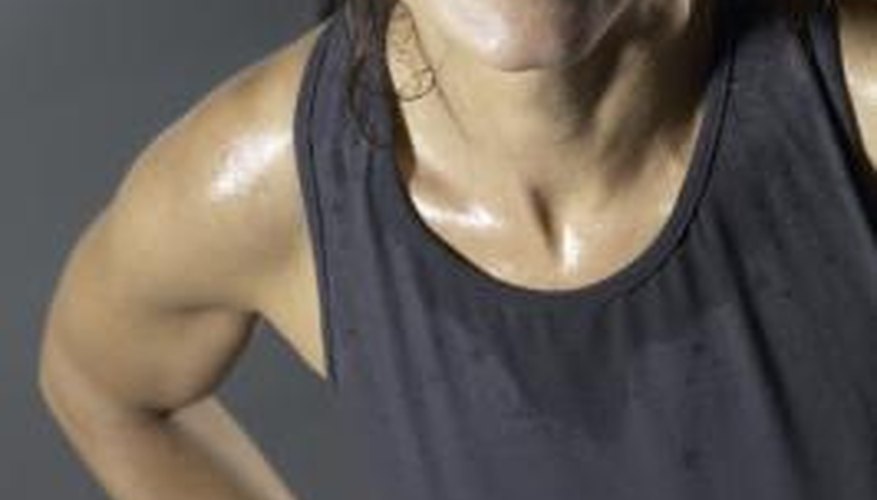The world of sports is often depicted as a man's world. Thus, female athletes face many disadvantages and problems that male athletes do not. In addition to sexism, lack of options and limited professional future, female athletes also risk their physical well-being. Simply because there are significant social, psychological and physical disadvantages of girls in sports, that does not mean that girls cannot compete, have fun and succeed in the world of sports.
Sexism
The major disadvantage for girls in sports is the problem of sexism and gender bias. While the government, media and various organisations promote gender equality and acceptance, there are many deep-rooted biases against girls in sports. Since sports has historically been considered a man's world, girls in sports are often depicted as unfeminine or overly masculine. Many other disadvantages women face are related to societal sexism and gender stereotypes.
- The major disadvantage for girls in sports is the problem of sexism and gender bias.
- While the government, media and various organisations promote gender equality and acceptance, there are many deep-rooted biases against girls in sports.
Limited Options
Girls in sports often have limited options for playing sports through the educational system. Females are rarely allowed to compete on the same team as men. Sports such as baseball and football are almost completely populated with men in the United States. It is not that girls cannot play these sports, but it is not a commonly accepted social practice. Thus, there is little or no interest from the majority for female involvement.
- Girls in sports often have limited options for playing sports through the educational system.
- Thus, there is little or no interest from the majority for female involvement.
Physiological Differences
There are fairly clear physiological differences in the athleticism of genders. Men statistically outperform women in strength and endurance, but athletic females can match and even surpass men of their size. These differences, although true, are often used to propagate sexist gender-based sports teams and continue to act as major obstacles for female involvement in sports.
Professional Future
Girls have very limited professional options in sports. While female athletes may compete in college sports including volleyball, basketball, softball and soccer, there are far fewer professional possibilities. For example, the National Basketball Association was formed in 1946 while the Women's National Basketball Association was not formed until 1996. The NBA officially recognises and supports the WNBA, but the female league is considerably less popular.
- Girls have very limited professional options in sports.
- The NBA officially recognises and supports the WNBA, but the female league is considerably less popular.
Health Problems
A sometimes serious health problem can occur for female athletes. Strenuous physical activity and increased muscle mass leads to a reduction in oestrogen levels in female athletes. Lower oestrogen levels can lead to missed or erratic menstrual cycles. Longtime female athletes also face a higher risk of osteoporosis from lowered hormone levels. Female athletes should frequently visit a doctor and stay healthy by eating nutritious foods. There are hormone supplements to counteract these problems for severe cases.
- A sometimes serious health problem can occur for female athletes.
- Strenuous physical activity and increased muscle mass leads to a reduction in oestrogen levels in female athletes.
